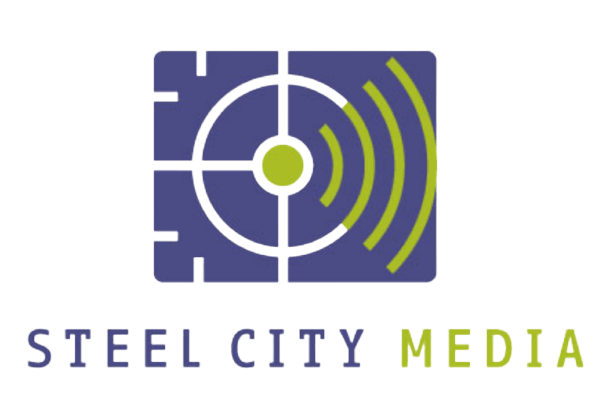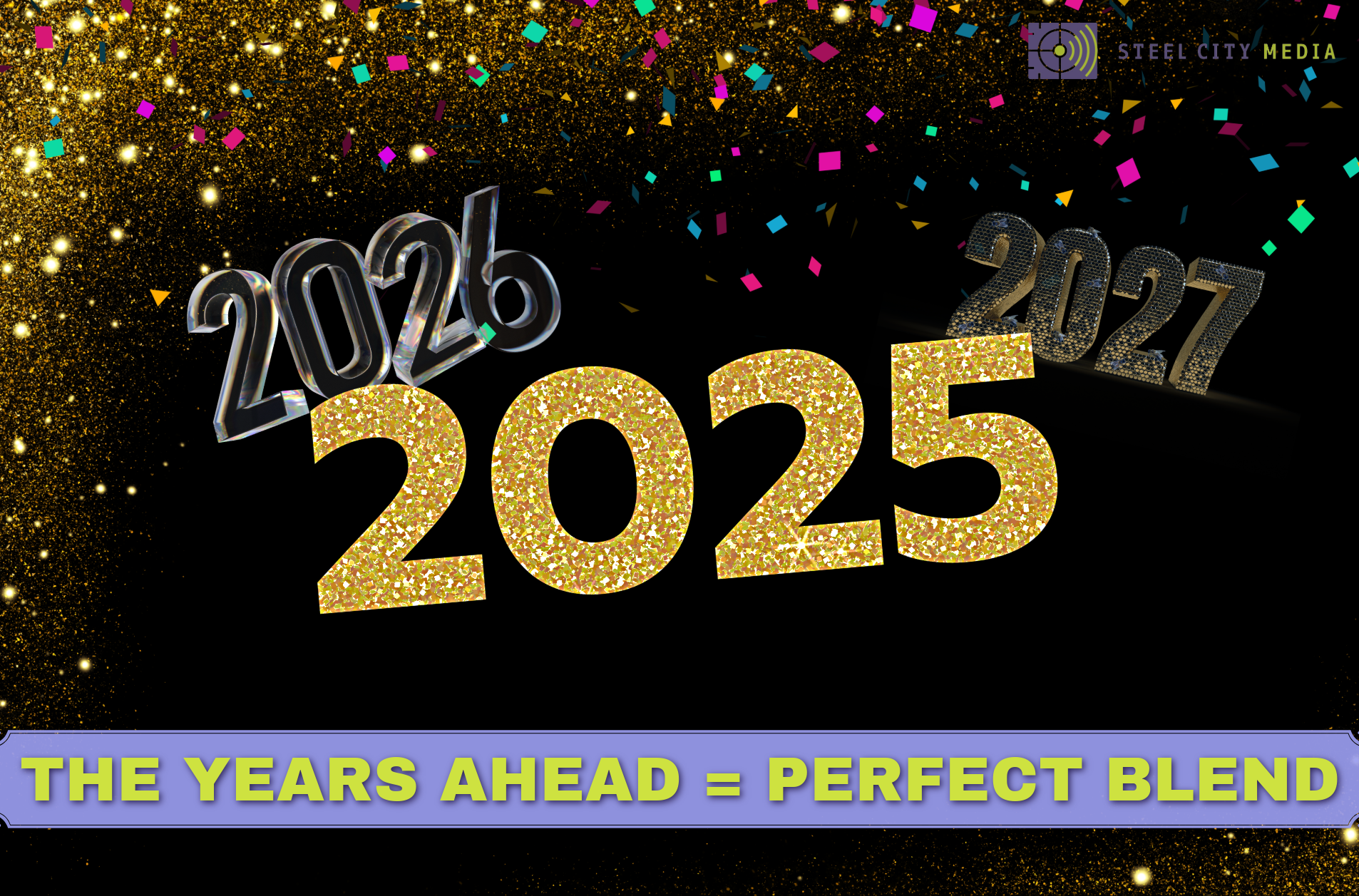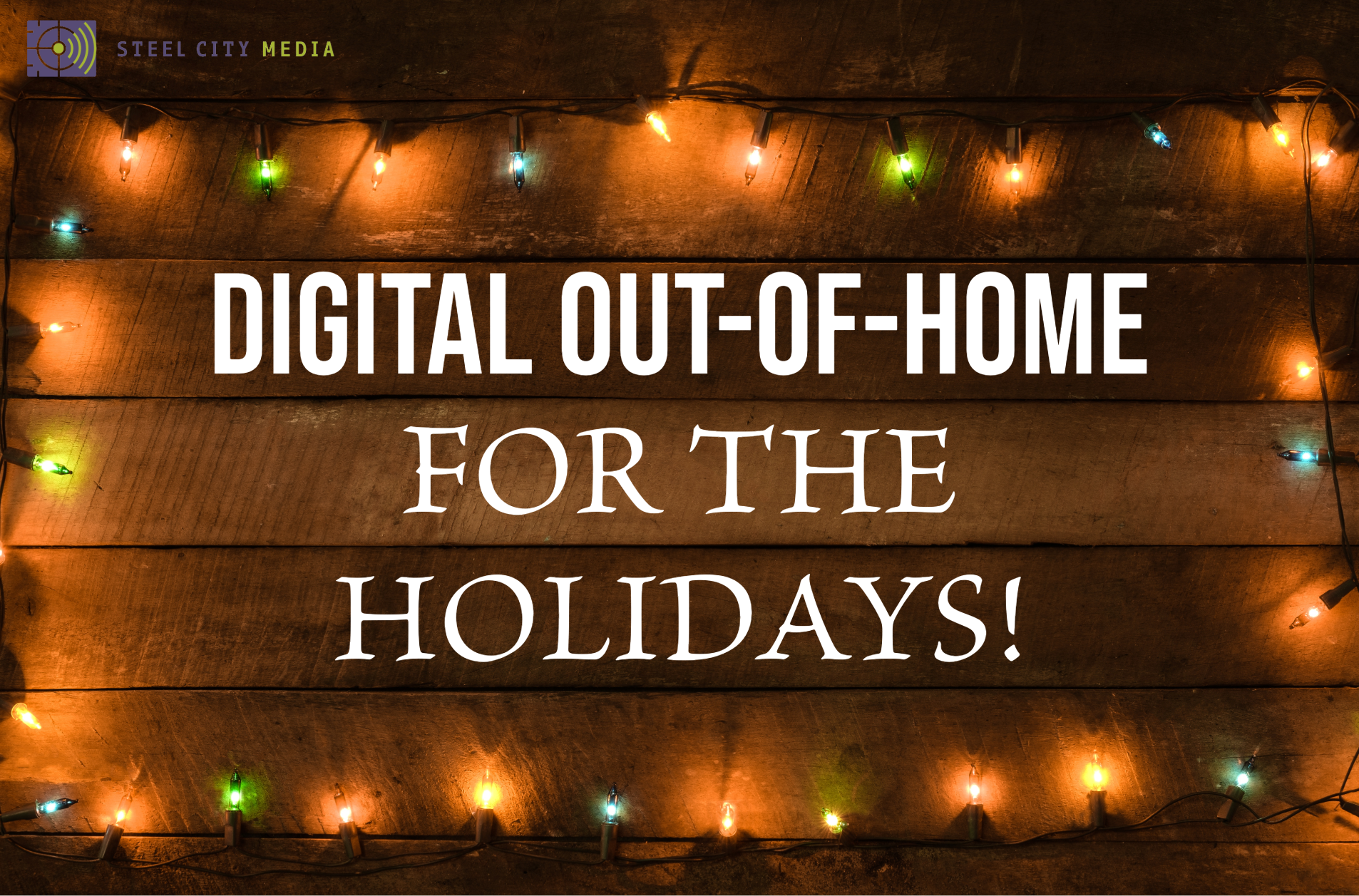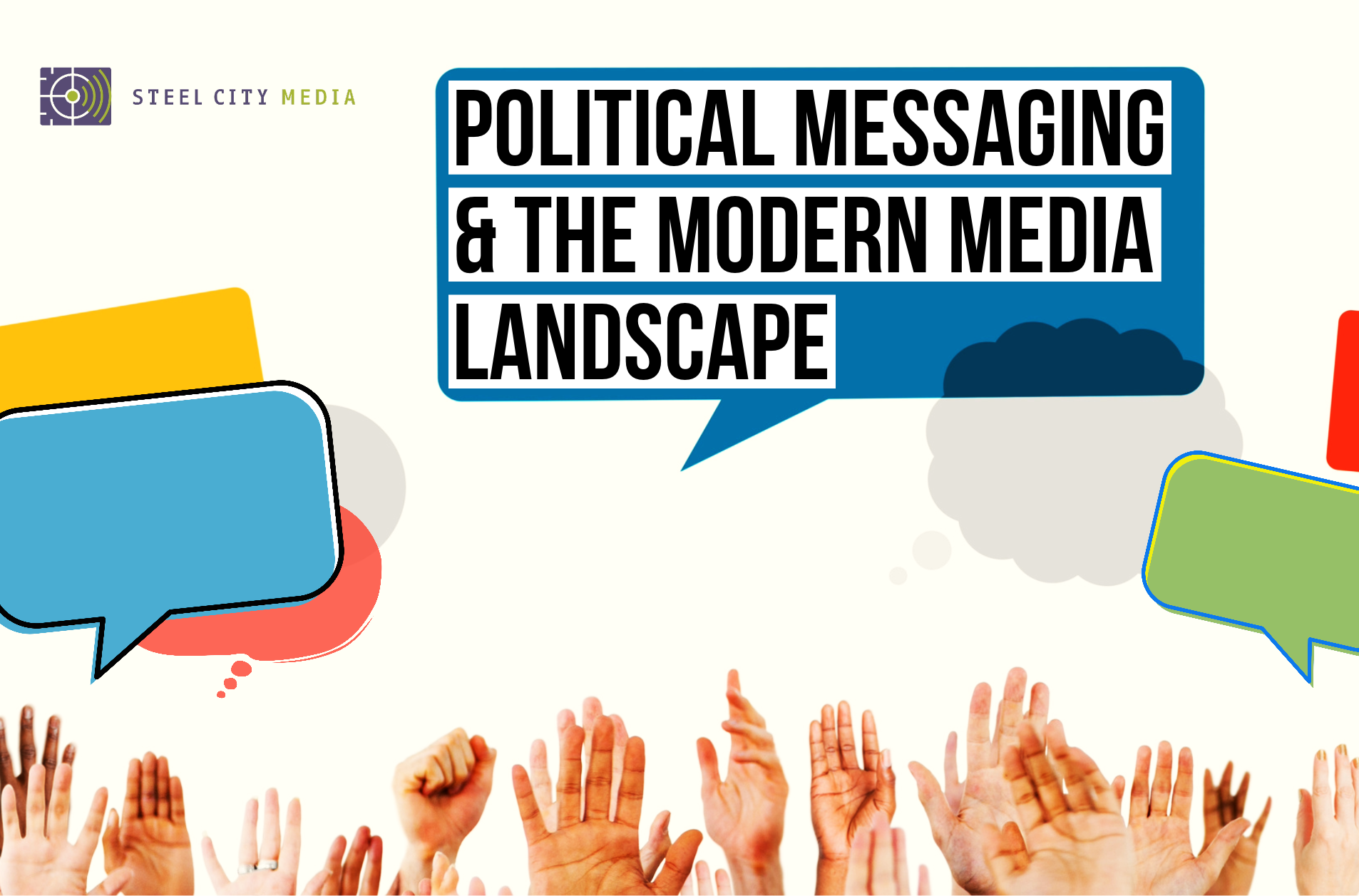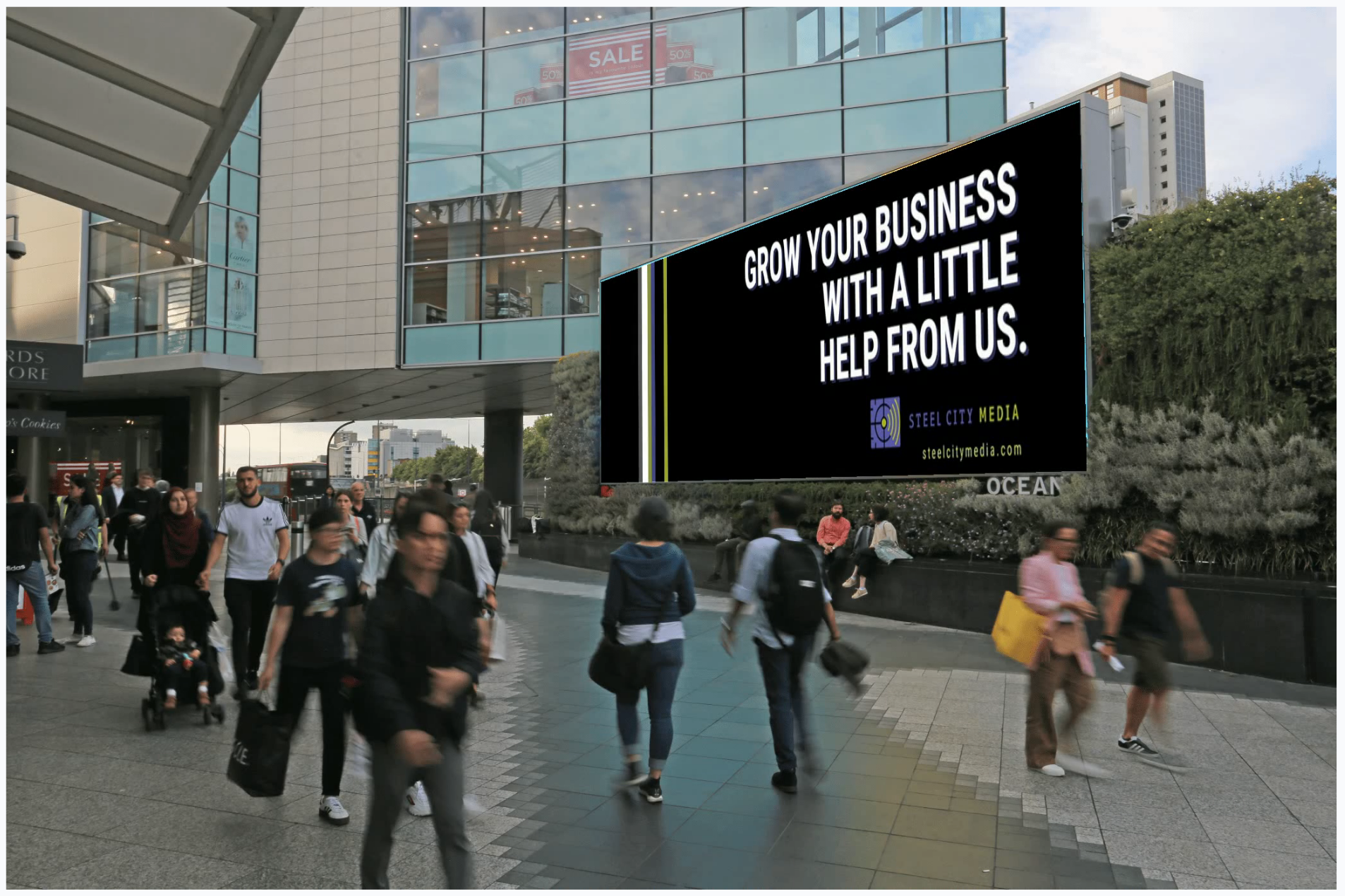
Reaching the Modern Electorate: Political Campaigning in a Connected Age
October 16, 2024 | Katelynd Gibbons
As the digital age reshapes how political candidates connect with voters, the role of advertising with a "mobile-first" emphasis is more critical than ever.[1] Mobile devices have become the go-to screens for consuming content, meaning that political campaigns must adapt to this reality, creating ads that are concise, engaging, and informative. Thoughtful creative built with distinct audiences in mind is important for any campaign, but focusing on how they encounter that creative is crucial. The challenge? Political ads now need to do more with less time and space, often with just a few seconds or a single swipe to convey why a candidate wants to represent their constituents.
The shift toward digital ads began in the truest sense with Barack Obama’s 2008 presidential campaign, during which online advertising played a revolutionary role in mobilizing voters. At that time, campaigns spent around $22 million on digital ads. Since then, that number has grown tremendously, with campaigns spending over three times more on digital political ads in the 2019-2020 election cycle than in 2016.[2] While digital ads now dominate much of the conversation, successful campaigns still use a blend of traditional and digital strategies to connect with voters across all mediums.
The Power of Thoughtful Creative
Crafting distinct ads for different voter segments allows campaigns to cut through the noise with highly relevant content. With data at their fingertips, campaigns can reach specific demographics based on location, voting behavior, and even personal interests. Whether targeting young, first-time voters with progressive policy positions or engaging older, established voters with economic reform, the right ad creative ensures that the message resonates with the right audiences. For example, a candidate might run an ad targeting suburban voters that emphasizes community, while an ad for a younger, urban audience could focus on climate action. Hyper-targeted creative gives each demographic the answers they’re looking for in a way that feels personalized and impactful.
Precision Meets Persistence
One of the most powerful tools in a political marketer’s toolkit is geo-targeting. By using location data, campaigns can serve ads to specific zip codes, neighborhoods, or even voters near polling places. Re-targeting allows campaigns to re-engage users who have already shown interest—whether they’ve visited the candidate’s website, watched an ad, or clicked on a link. These subtle but effective reminders can be pivotal in converting passive viewers into active voters, volunteers, or donors.
The Importance of Authenticity in Ads
In an age where voters are bombarded with information, authenticity is everything. Candidates must deliver clear, genuine messages that convey their passion for public service. Digital display ads are powerful because they give campaigns a way to deliver these messages quickly, inviting viewers to learn more about the issues and why a candidate’s voice matters from the palm of their hand. A simple, well-crafted ad might only introduce a candidate, but the key is the call to action: “Click here to learn how I’ll represent you” or “Find your polling place today.” Authenticity builds trust, and trust is crucial in turning a potential voter into a committed supporter.
Blending Digital and Traditional Strategies
Even in today’s mobile-first world, a one-size-fits-all strategy won’t suffice. Successful political campaigns leverage a diverse blend of both digital and traditional tactics. While digital platforms are pivotal, traditional media with built-in familiarity remains essential in reaching a broader voter base. To create a well-rounded campaign, consider the following strategies:
- Broadcast Radio
Broadcast radio, with its vast local reach and trusted on-air personalities, is still a cornerstone of many campaigns. Local radio stations are deeply embedded in their communities, serving as reliable sources of news and conversation. Political ads on these stations build trust and name recognition, especially with voters who may not spend much time online but are regular listeners of their favorite shows. The ease of access and everyday use of radio—during commutes, at work, or running errands—makes it a valuable medium for reaching a broad audience. - Streaming Radio/Digital Audio Networks
Streaming radio has huge potential for reaching diverse audiences. Political campaigns can now target listeners more precisely by location while engaging them on digital platforms where they're already tuned in. - Mobile and Social Media Ads
Quick, targeted approaches reach voters and drive immediate engagement. Short-form content on platforms like Instagram and TikTok resonate particularly with younger audiences. - Email Marketing
Targeted emails deliver deeper, more detailed messaging. Candidates can share policy stances, personal stories, and fundraising goals in a long-form format. Personalized email campaigns provide direct calls to action (such as donating or volunteering) that help deepen relationships with voters. - Connected TV and Video Pre-Roll Ads
Running ads on connected streaming services or platforms like YouTube allow campaigns to tell a more in-depth story and share a candidate’s background or stance on issues. Targeting specific zip codes or demographics with video content enables campaigns to speak directly to local communities. Newer options like ZTV advertising allow campaigns to reach voters within specific geographic areas on streaming platforms—offering cost-effective, precision targeting. - DOOH Advertising
Digital Out-of-Home (DOOH) tactics, such as digital billboards or interactive urban screens, immerse voters in a candidate’s message as they go about their daily routines. Imagine a commuter seeing a candidate’s ad on a billboard or a screen at a gas station; the ad plants the seed for future engagement and familiarity with the candidate.
A campaign that integrates these strategies—balancing the immediacy of digital ads with the community reach of traditional media—can maximize its reach and drive meaningful voter engagement.
The Value of Face-to-Face Connection
As effective as digital platforms are and as powerful as it is to blend traditional and new media tactics, nothing outshines meeting people in real life. Attending town halls, local events, and community gatherings is still one of the best ways to build trust and show commitment to local communities. Shaking hands, answering questions, and hearing concerns firsthand create powerful moments that resonate far beyond an ad screen. Not only does this bring greater trust and recognition to the candidate, it means they are actively hearing from the people they wish to serve, helping them more fully take on the important responsibility they are seeking with their campaign.
Ultimately, a well-rounded campaign knows how to balance the immediacy of new media with the established trust of traditional media. The digital landscape offers campaigns unprecedented opportunities to reach voters with targeted, mobile-first approaches, while combining digital strategies with traditional tactics like radio and in-person events ensures the broadest possible reach. Other influential tactics like DOOH, connected TV, and email further bolster and invigorate political campaigns. A strong political campaign thrives on variety—connecting with voters at every touch-point, from their phones to their neighborhoods, and ensuring the candidate’s message comes through loud and clear.
[1]https://www.analyticodigital.com/blog/mobile-first-advertising-adapting-to-consumer-behavior
[2]Lata Nott, “Political Advertising on Social Media,” Human Rights Magazine, Vol. 48, No. 4: The End of the Rule of Law, June 25, 2020, https://www.americanbar.org/groups/crsj/publications/human_rights_magazine_home/voting-in-2020/political-advertising-on-social-media-platforms/.
